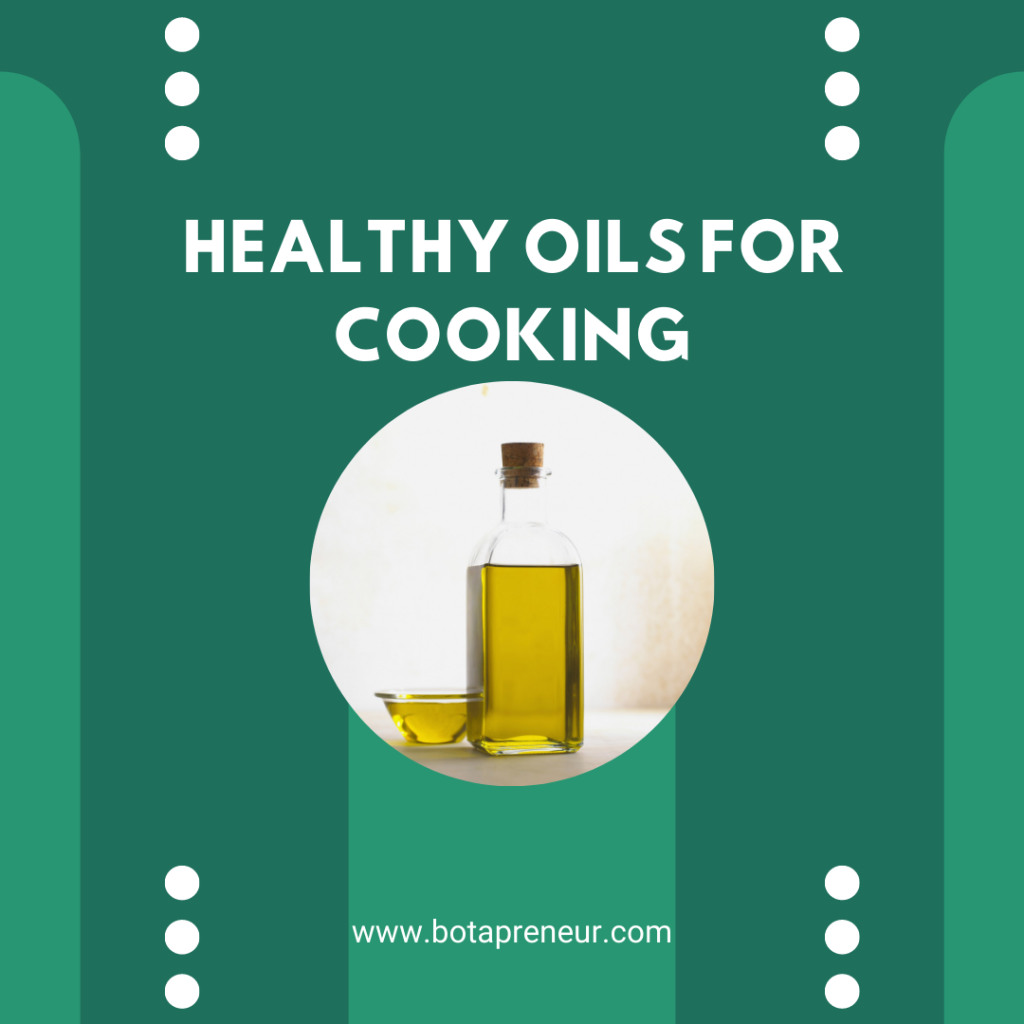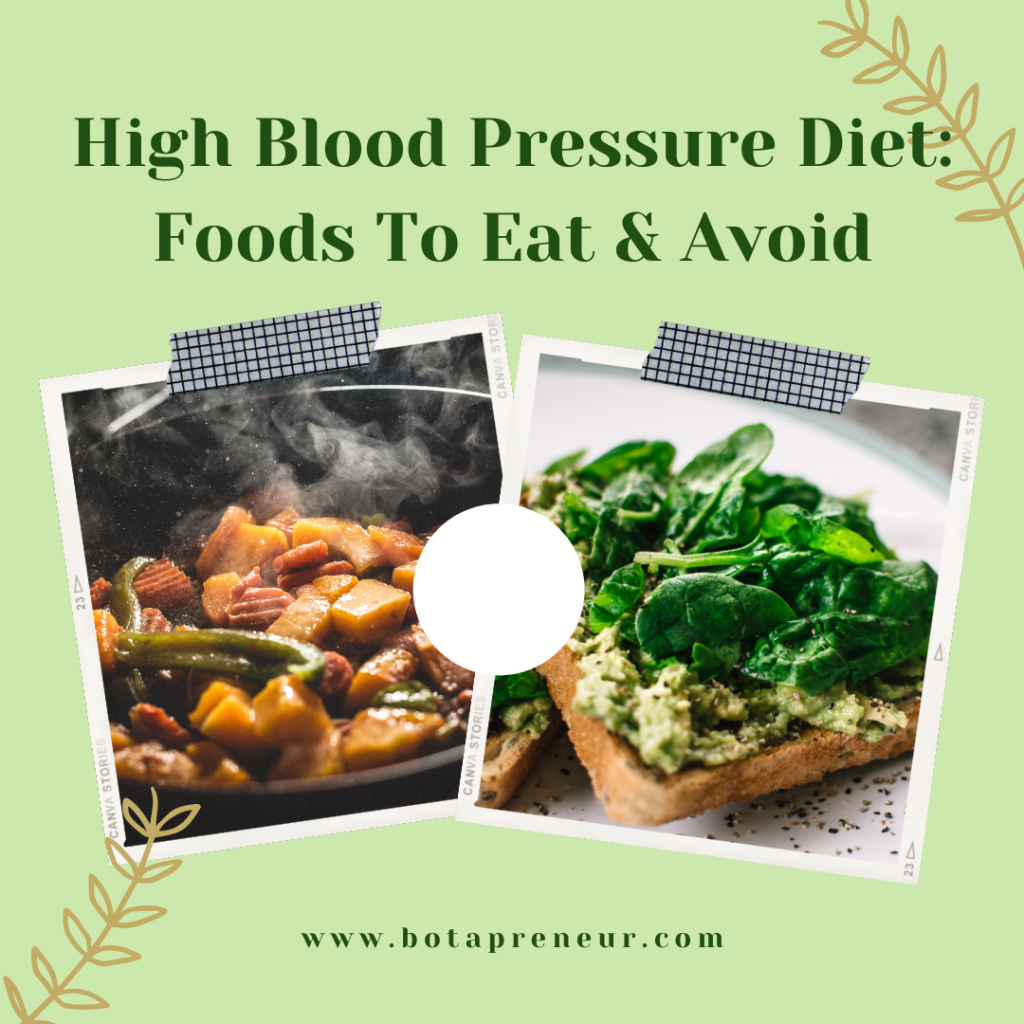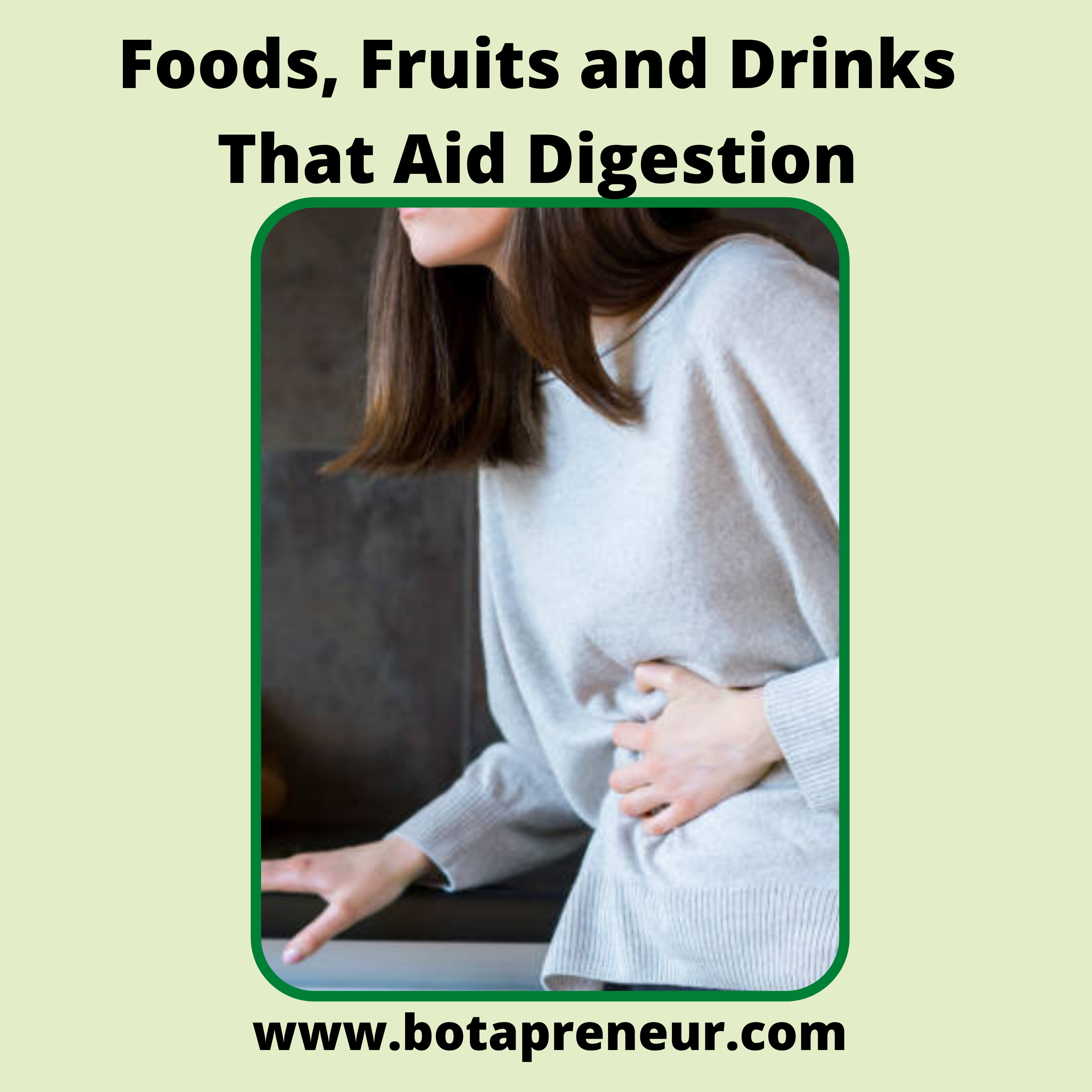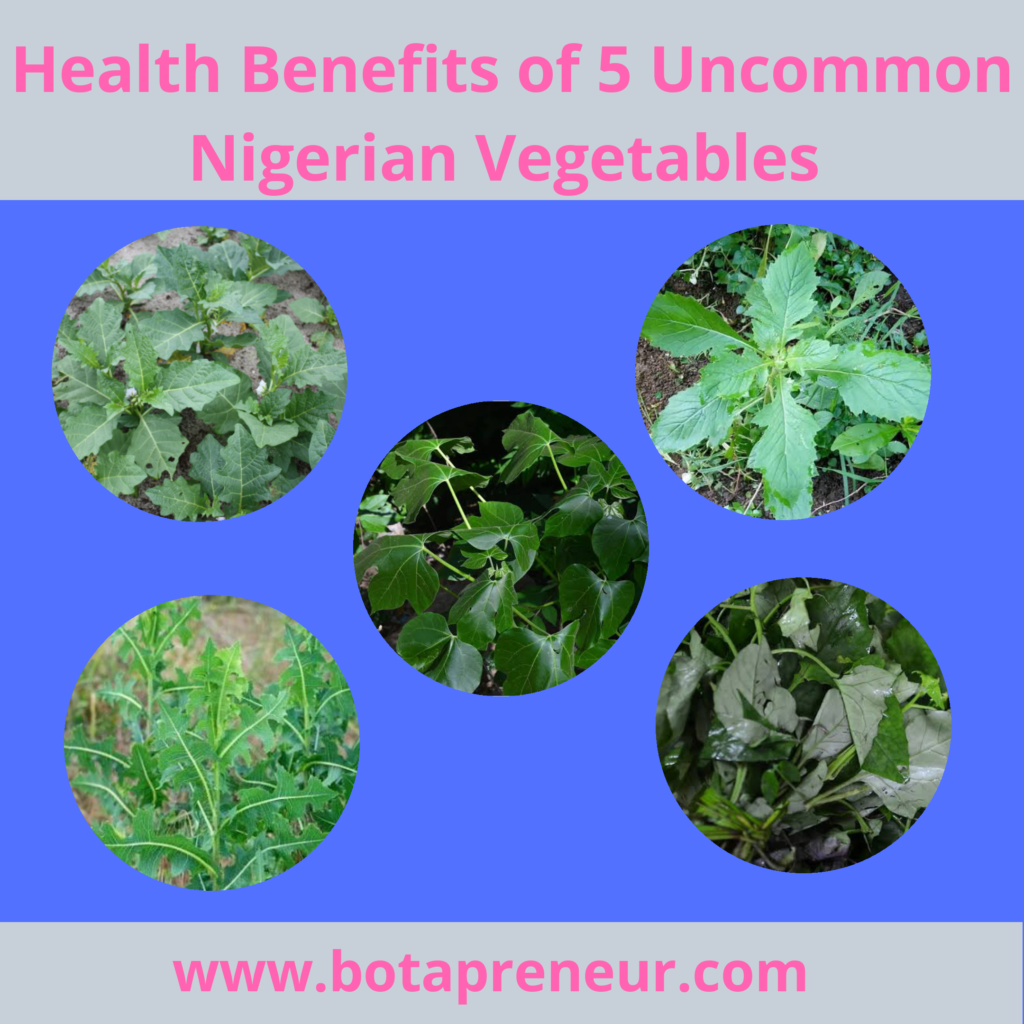The Truths About Fats and Oils: Navigating The World of Healthy And Unhealthy Dietary Fats
You have probably heard of this phrase before: “Fats are bad for you!” Or probably, “Stay away from fat and oil foods if you want to be slim!” But are these words facts or are they just myths? We will soon discover the tale of fats and oils in this article. Find a comfortable position, and read carefully along. Fats and Oils: Are They The Evil Villain? In reality, fats and oils are not the evil villains that people have portrayed them to be. Fats in itself should not be feared but rather how we use them in our diets. Let us take a dive together into the world of dietary fats and oils so that we can make better choices going forward without getting bogged by confusion. The Basics – What Are Fats And Oils? What Are Fats?Fats are essential macronutrients that play vital roles in our body. These include energy storage, protecting organs, and supporting cellular function. They are composed of carbon, hydrogen, and oxygen, and can be categorised into saturated, unsaturated, and trans fats. Fats are solid at room temperature. Examples of fats are butter, lard, avocado, etc. What Are Oils?Oils can be said to be fats that are liquid at room temperature. They are often derived from plants or animals. They are composed of triglycerides, which are esters of glycerol and fatty acids. Examples of oils are: flaxseed oil, avocado oil, coconut oil, fish oil, etc. The Good Guys – Healthy Fats To Embrace Monounsaturated Fats: Heart-Friendly Fat Monounsaturated fats, like the ones found in nuts, olive oil, and avocados, are heart-friendly. They help to reduce bad cholesterol levels, lower the risk of heart disease, and also enhance better brain function. Replacing saturated fats with monounsaturated fats in the diet can be beneficial for the heart. Polyunsaturated Fats: Omega-3 and Omega-6 FamilyOmega-3 and Omega-6 are polyunsaturated fats that come from fish (mackerel, salmon), seeds, nuts, and plant oils like soybean and sunflower oil. Omega-3 is renowned as a brain booster, anti-inflammatory warrior, and mood regulator. But here is the thing, balance is needed here. Excess intake of omega-6 (prevalent in processed vegetable oils) can disrupt the balance of omega-3 in the body, which may promote inflammation. So, while omega-6s are helpful, moderation and balance are encouraged for effectiveness. The Bad Guys – Unhealthy Fats To Avoid The Ultimate Mischief: Trans FatsTrans fats are the true mischiefs of the fat world. These fats can mostly be found in processed foods such as baked foods, pastries, and fast foods. Trans fats are artificially created through a process called hydrogenation. Hydrogenation doesn’t just raise bad cholesterol levels, it also increases the risk of heart disease and stroke. When you think of trans fat, think of them as the evil wreckers, they could be enticing but cause great havoc to the body. The Trickier Character: Saturated FatsSaturated fats are a bit trickier. They are solid at room temperature. They are found in animal products like pork, milk, butter, cheese, and beef, as well as in tropical oils like coconut and palm oil. For a long time, saturated fat was referred to as “bad fats” and was blamed for heart disease alongside other health issues. However, recent research and evidence on the health effects of saturated fat suggest that they are not as harmful as it was portrayed. It is important to know that all saturated fats are not created equally. For example, a diet high in saturated fats from fast and processed foods is likely to affect health differently than a diet that is high in saturated fats from dairy, grass-fed meat, and coconut. Also, rather than focusing on a macronutrient, the whole diet should be looked into, as one macronutrient cannot be blamed for disease progression. That said, moderation is needed. Saturated fats may not be inherently bad, but when abused could cause harm to the body. How to Choose Fats and Oils – A Guide for the Confused Pay attention to Labels: When shopping, it is important to pay attention to labels. Choose oils that are labeled as “heart-healthy”, “rich in monounsaturated and polyunsaturated fats”, and “trans-fat-free”. Also, look out for cold-pressed extra-virgin olive oil, it is a good option too. Balance your fats: Avoid using just one type of fat excessively in your diet. Incorporate omega-3-rich oils with your monounsaturated fats. Also include coconut oil for its medium-chain triglycerides benefits, such as boosting energy for exercise, easy inflammation, and stabilising blood sugar. Exploring different varieties of fats ensures that you get the benefits without overdoing one type and neglecting others that can be beneficial to you as well. Keep heat low and slow: When cooking, try as much as possible to avoid high-heat cooking methods like deep-frying with oils that are prone to oxidation, e.g., vegetable oil. Opt for moderate heat when using olive or avocado oil, and use low heat when using coconut oil. Moderation – Why the Amount Matters To be more honest, choosing the right fats is not enough. Consuming them in the right quantities is important. The healthiest of fats when not taken moderately can lead to weight gain because fats are calorie-dense. Portion control is key. Your food does not need to swim in oil before it becomes enjoyable. Choose moderation. Conclusion Fats and oil is not as complicated as it was portrayed in the past. Above, it was stated that some fats are beneficial to our health, others can deteriorate it. You do not need to fear fats, just do not overindulge it. Embrace healthy fats like olive oil, avocados, and fish, and be mindful of saturated and trans fats lurking in your processed foods. Remember that fats and oils are an essential part of your diet; you just need to take them right and moderately. Let there be balance, exploring varieties of healthy fats is key to navigating the world of fat and oil. The next time you go shopping, choose your fat and oils carefully. Keep your fats healthy. Leave that line of processed snacks and make a u-turn






